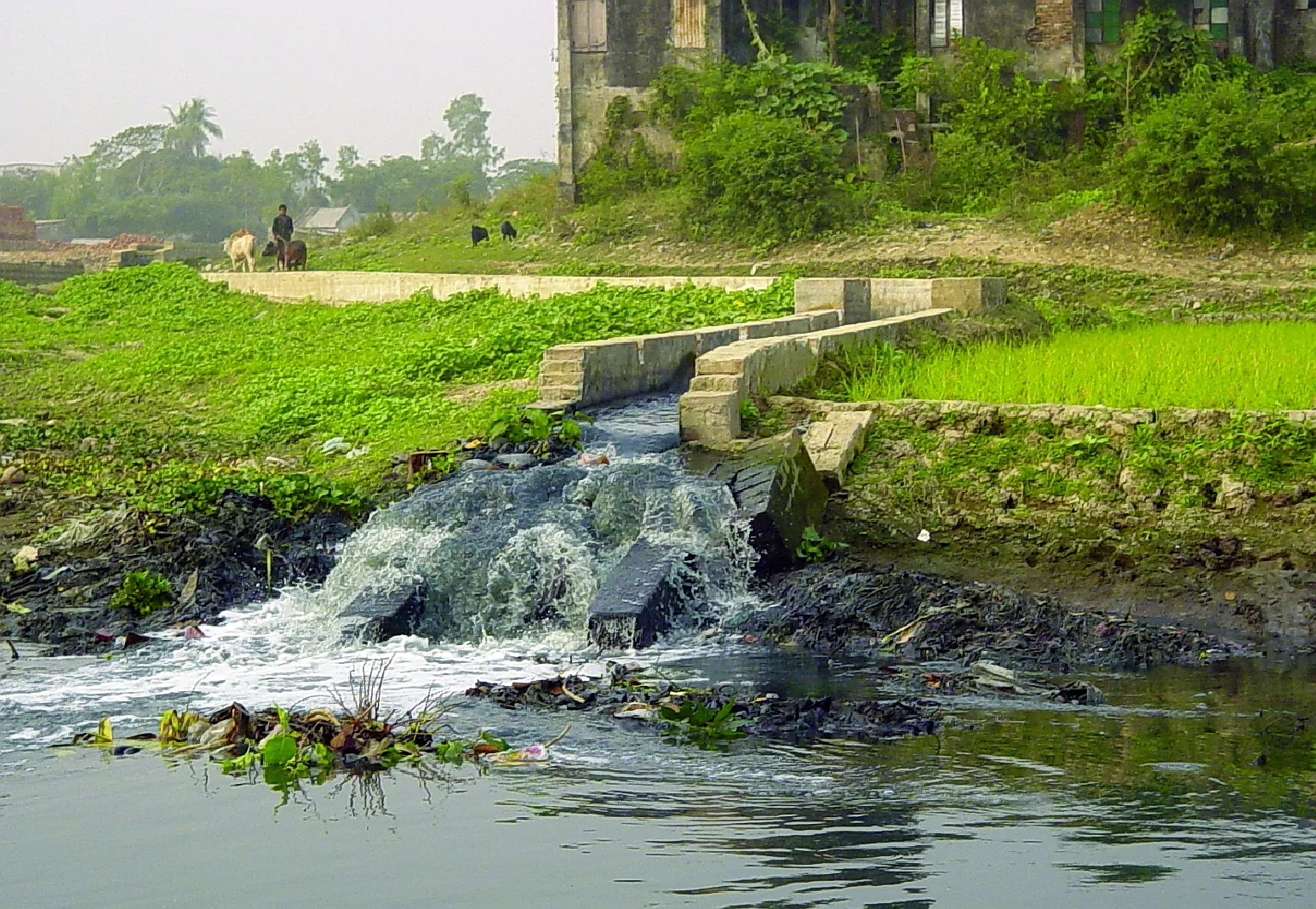Comprehensive water resources assessments often involve the isotopic mapping of water resources over differing space and time scales. Such assessments seek to fill knowledge gaps that exist when it comes to exploiting water resources inclusively and sustainably. This can include such diverse aspects as aquifer extent, geology, flow characteristics, water quality, water age, storage and potential water extraction rates. Key factors to avoid too high water extraction rates from rivers are the quantification of the river water balance, runoff and the interactions with groundwater.
Naturally occurring stable and radioactive isotope tracers, in combination with conventional hydrological approaches, are used to reveal vital information about the availability of water resources. The IAEA has set up the IWAVE (IAEA Water Availability Enhancement) project to strengthen national capacities for collecting, managing and interpreting water resources data and to use advanced techniques to improve resource management. IWAVE is a good example of how countries can identify gaps in hydrological information and use isotopic approaches to develop a comprehensive understanding of water availability at the national scale.
